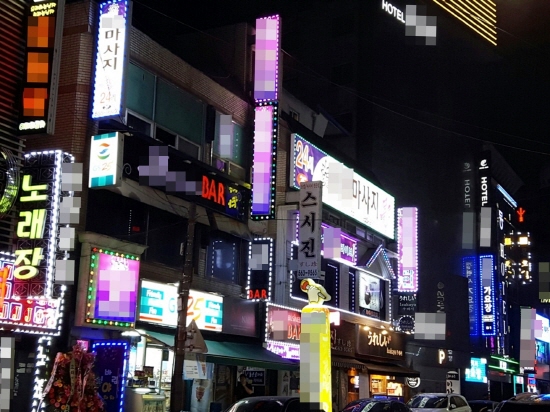Urban Nightlife
페이지 정보

본문

Urban Nightlife
When did nightlife begin?
Urban nightlife may be traced back to historical civilizations, but its modern type began to take shape in the late 19th and early 20th centuries. Here are some key milestones within the historical past of nightlife:

1. Early Celebrations
- Ancient civilizations, such because the Greeks and Romans, had social gatherings, feasts, and festivals that usually extended into the evening.
- These occasions were marked by music, dance, and entertainment, laying the groundwork for later nightlife actions.
2. Rise of the Urban Center
- With the Industrial Revolution within the 18th and 19th centuries, city centers started to develop, leading to an increase in population density.
- As cities became more vibrant, establishments like taverns, dance halls, and theaters emerged.
3. Prohibition Era
- The Twenties in the United States saw the rise of speakeasies throughout Prohibition, the place nightlife thrived regardless of authorized restrictions.
- This interval highlighted the need for socializing and leisure, additional shaping city nightlife.
4. Jazz and the Roaring Twenties
- Jazz golf equipment turned well-liked, bringing stay music and a energetic atmosphere to urban nightlife.
- This era marked a cultural shift, with nightlife changing into more accessible and diverse.
5. Late 20th Century Evolution
- The emergence of nightclubs, raves, and DJ tradition in the 1980s and 1990s reworked nightlife into a world phenomenon.
- Urban nightlife continued to evolve with expertise and cultural developments, embracing varied genres and types.
Conclusion
In summary, while nightlife has historic roots, the vibrant urban nightlife we recognize at present began to develop within the late nineteenth century and has expanded and transformed considerably over time.
Why do most nightclubs fail?
Most nightclubs fail because of a combination of factors that can undermine their success. Here are some key reasons:
1. Poor Location
- Visibility and accessibility are essential for attracting patrons.
- Locations which are too far from the nightlife hub might struggle to attract crowds.
2. Inadequate Market Research
- Understanding the target audience is vital.
- Failure to determine in style tendencies and preferences can lead to offering the mistaken type of entertainment.
3. Unsatisfactory Customer Experience
- Inconsistent service, poor workers habits, and lack of ambiance can drive prospects away.
- Clubs that do not prioritize a constructive visitor expertise usually see high turnover charges.
4. Financial Mismanagement
- Poor budgeting and financial planning can result in operational losses.
- Failure to account for 하이오피사이트 overhead costs can lead to unsustainable practices.
5. Overdependence on Alcohol Sales
- Relying solely on drink sales with out diversifying revenue streams could be risky.
- Offering meals or distinctive experiences can create additional income opportunities.
6. Inconsistent Programming
- Shifting themes or irregular events may confuse regular patrons.
- Clubs need to maintain a consistent identity to build a loyal following.
7. Competition
- The nightlife trade is highly aggressive; new entrants can easily disrupt existing golf equipment.
- Constant innovation and maintaining with competitors are essential for survival.
In essence, managing a successful nightclub requires careful planning, adaptability, and a give consideration to delivering an exceptional expertise to patrons.
What is the which means of metropolis club?
The time period metropolis club refers to a sort of nightlife venue that embodies the vibrant tradition and power of urban areas. These clubs typically function social hubs where people collect to unwind, dance, and connect with others in a energetic environment.
Key characteristics of a metropolis membership embrace:
- Location: Typically situated in major cities, allowing easy access for locals and tourists alike.
- Aesthetic: A up to date design that often features cutting-edge decor, lighting, and sound systems.
- Diverse Music: Offering numerous genres, from digital dance music to hip-hop, catering to a variety of tastes.
- Social Interaction: Providing an area for individuals to fulfill new associates or reconnect with old ones, emphasizing community and social engagement.
Cultural Impact
Metropolis clubs play a significant position in shaping urban nightlife by:
- Promoting local artists and DJs, thus supporting the music scene.
- Cultivating a way of belonging amongst patrons, fostering connections by way of shared experiences.
- Reflecting the dynamic nature of town, often adapting themes and events that resonate with current tendencies.
Overall, a metropolis club represents greater than just a place to get together; it's a vital aspect of city culture, embodying creativity, neighborhood, and the vigorous spirit of metropolis life.
- 이전글Krayne's Tools: free Addon For Blender! 25.01.29
- 다음글What makes ChatGPT So Smart? 25.01.29
댓글목록
등록된 댓글이 없습니다.